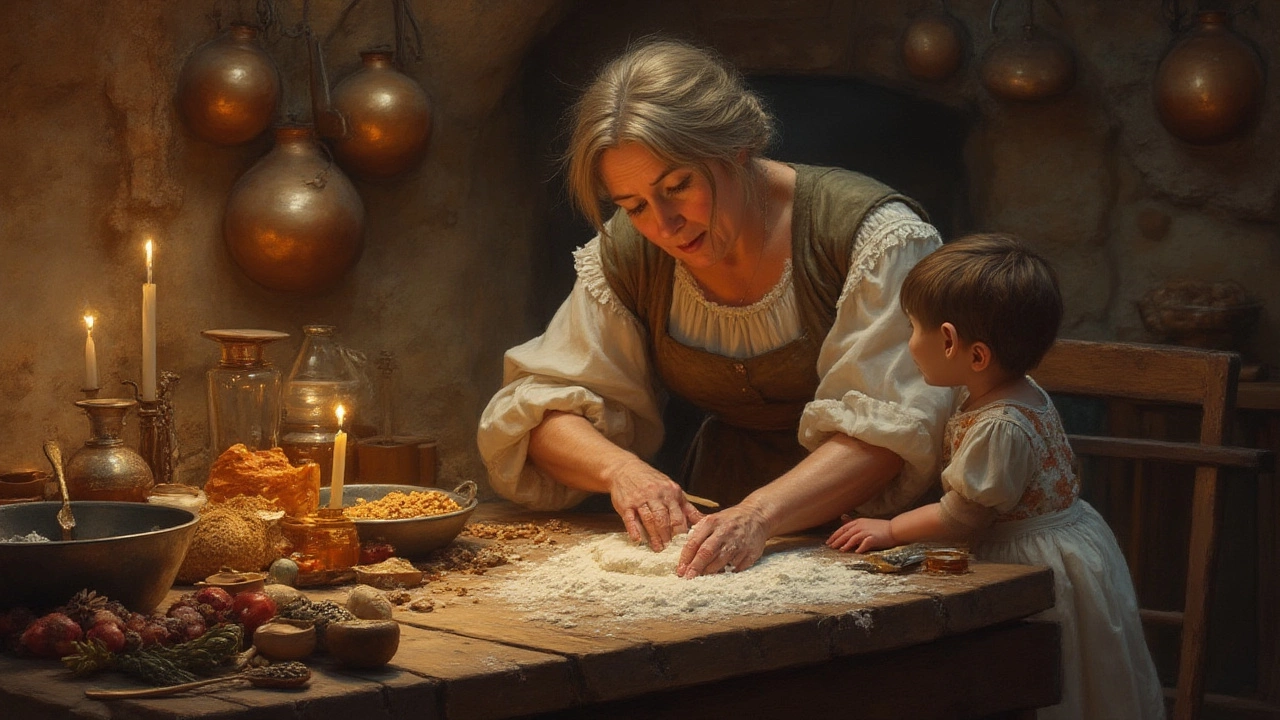
4 Ancient Cookies: Sweet Origins of History’s Oldest Treats
Ever wondered what the very first cookies were like? Dive into the rich, crumbly roots of four ancient cookies that started it all.
Ever wonder what people were munching on centuries ago? Ancient cookies are the sweet side of history. They started as simple mixtures of flour, honey, and spices, baked over fire or on hot stones. These early treats were more than snacks; they were portable energy for travelers and offerings for festivals.
Most of what we know comes from old tablets, tomb murals, and a few preserved recipes. The Greeks called them plakous, while Romans talked about panis dulcis. In the Middle East, honey‑sweetened wafers called ghorayeb were popular, and in China, the first cookie‑like pastries were baked with rice flour and sugar.
One of the oldest recorded cookie recipes comes from a 7th‑century Arab cookbook. It mixes barley flour, dates, and a drizzle of rose water. The result? A chew‑y, fragrant bite that still feels modern. In Europe, medieval bakers added spices like cinnamon and ginger, creating the first ginger‑spice cookies that we still love today.
These early cookies weren’t just tasty; they were practical. Made without eggs, they kept longer and survived long trips. Soldiers packed them for campaigns, and merchants used them as barter items. Think of them as the original energy bars.
Want to try a piece of history in your kitchen? Start with a simple honey‑date cookie. Blend 1 cup of barley flour, ½ cup of chopped dates, ¼ cup of honey, a pinch of salt, and a splash of rose water. Press the dough onto a hot stone or a baking sheet and bake at 350°F for 10‑12 minutes.
If you prefer a spicier version, swap barley flour for whole‑wheat flour and add ½ teaspoon each of cinnamon, ginger, and cloves. The spices not only taste great but also echo the trade routes that brought exotic flavors to ancient markets.
Modern bakers love these recipes because they’re easy, require few ingredients, and taste unique. Plus, you get a story to share at any gathering – “This cookie dates back to the Silk Road!”
When you serve ancient cookies, consider pairing them with tea or a light wine. The simplicity of the sweet lets the flavors shine, just like they did centuries ago. And don’t worry about perfection; rough edges are part of the charm.
So next time you crave something sweet, think beyond the store‑bought box. Dig into the past, try a historic recipe, and enjoy a bite that’s traveled through time. It’s a tasty way to connect with the people who first discovered that flour, sweetener, and heat make magic.

Ever wondered what the very first cookies were like? Dive into the rich, crumbly roots of four ancient cookies that started it all.